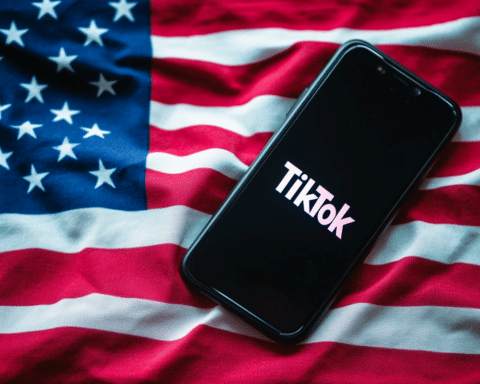Recent court filings have uncovered that TikTok’s efforts to limit screen time among teenagers have proven largely ineffective. Unredacted internal documents from the company, obtained by Kentucky Public Radio (KPR) and NPR, reveal that the platform’s screen-time management tools have had minimal impact in reducing usage. The findings have raised concerns about the app’s role in negatively affecting the mental health of young users.
TikTok introduced a screen-time limit tool to address growing concerns about how excessive use of social media impacts vulnerable users. The feature, designed to prompt users under 18 to enter a passcode after 60 minutes of usage, aimed to encourage conscious decision-making and healthier app habits. However, internal analysis revealed that this tool only led to a 1.5-minute reduction in daily screen time. The company made no subsequent efforts to improve the tool’s effectiveness, according to details in a recent lawsuit filed by 14 attorneys general.
Public Image Over Functionality
The documents show that TikTok’s primary goal for the screen-time tool was not to reduce usage but to improve public trust through positive media coverage. Company executives prioritized retaining daily active users (DAU) and increasing user retention rather than focusing on meaningful reductions in screen time.
Videos encouraging users to take breaks were also developed, but internal discussions revealed that these were primarily intended as a way to satisfy lawmakers rather than offer effective solutions for screen addiction.
Legal Challenges Highlighting Risks
The release of these documents comes amid ongoing legal battles for TikTok. A bipartisan group of 14 attorneys general recently filed lawsuits accusing the platform of intentionally designing addictive features that harm the mental health of teenagers. The lawsuits point to the app’s continuous scrolling feed, risky challenge videos, and late-night push notifications as contributing factors to sleep disruptions and dangerous behavior among young users.
The lawsuit also highlights how the addictive design encourages users to engage with the platform for prolonged periods, reinforcing harmful patterns. As TikTok faces increased scrutiny, these internal revelations may complicate its defense, further intensifying public and governmental pressure to address concerns surrounding the platform’s impact on youth.
Sealed Documents and TikTok’s Response
The unredacted internal documents surfaced after the Kentucky Attorney General’s office mistakenly filed them as part of its legal complaint against TikTok. A state judge has since sealed the complaint to protect confidential commercial information, trade secrets, and sensitive legal details.
TikTok has rejected the allegations raised in the lawsuit, insisting that the company is committed to user safety. The platform emphasized its proactive efforts to remove suspected underage users and introduced features like default screen-time limits, family pairing options, and enhanced privacy settings for users under 16. Despite criticism, TikTok has stated that it will continue updating and improving these safety features to better protect its young audience.
Ongoing Debate on Platform Accountability
These revelations have intensified debates around TikTok’s accountability for the well-being of young users. As public concerns grow, the platform is under increasing pressure to balance user engagement with safety initiatives. With government officials actively pursuing legal action, the outcome of these cases could set a precedent for social media platforms regarding user protection, especially for minors.
TikTok’s focus on user retention and media relations over reducing screen time raises questions about the effectiveness of self-imposed safeguards. As the legal battle continues, it remains to be seen how the platform will adapt to meet regulatory demands while maintaining its user base.





